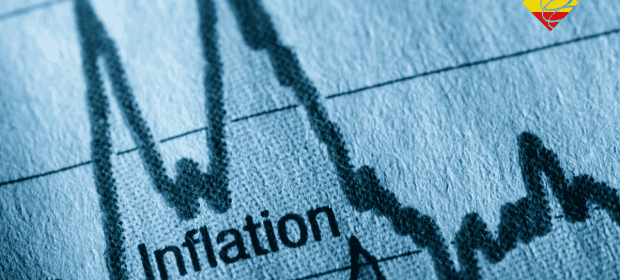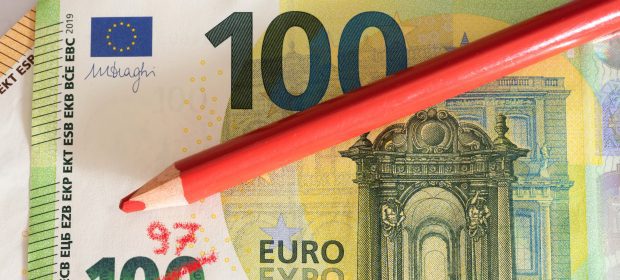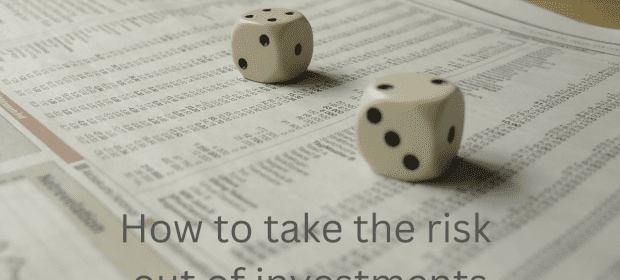In today’s environment of very low interest rates, is it wise to leave more than “your rainy day fund” sitting in the bank, probably earning way less in interest than the current rate of inflation, particularly after the taxman has had his cut…..?
In the above scenario, the real value of your capital is reducing, due to the depreciating effect on your capital of inflation. So, if you are relying on your capital to grow sufficiently to help fund your retirement or meet a specific financial goal, then you should be looking for an alternative home for your cash that will, at the very least, keep pace with inflation and thus protect the real value of your capital.
In order to achieve a better return than a cash deposit, by necessity, there is a need to take some risk. The big question is – how much risk should be taken? In reality, this can only be decided as part of a detailed discussion with the investor, which takes into account their time horizon for investment, their requirement for income and/or capital growth, as well as how comfortable they feel about short-term volatility over the period of investment.
Although inevitable, and perhaps arguably a necessity for successful investment management, it is often the volatility of an investment portfolio that can cause some people the most discomfort. Volatility often creates anxiety particularly for investors who need a regular income from their portfolio, and for this reason some people would choose to leave capital in the bank, depreciating in value, rather than have the worry of market volatility. However, this is very unlikely to meet your needs.
There is an alternative, which is to have a well-diversified investment portfolio that provides a smoothed return by ironing out the peaks and troughs of the short-term market volatility. Many of our clients find that this is a very attractive proposition.
What is a smoothed fund?
A smoothed fund aims to grow your money over the medium to long term, whilst protecting you from the short-term ups and downs of investment markets.
There are a number of funds available with differing risk profiles, to suit all investors. The funds are invested in very diversified multi-asset portfolios made up of international shares, property, fixed interest and other investments.
The smoothed funds are available in different of currencies, including Sterling, Euro and USD. Thus, if exchanging from Sterling to Euros at this time is a concern for you, an investment can be made initially in Sterling and then exchanged to Euros when you are more comfortable with the exchange rate. All of this is done within the investment and so does not create any French tax issues for you.
As a client of the Spectrum IFA Group, this type of fund can be invested within a French compliant international life assurance bond and thus is eligible for the same very attractive personal tax benefits associated with Assurance Vie, as well as French inheritance tax mitigation.
Stop Press!!! Since writing this article the UK Election has taken place resulting in a hung parliament that brings with it more political uncertainty, but also the possibility of a softer Brexit or even a second election. This makes for a testing time for investment managers and the option of a smoothed investment ever more attractive.











